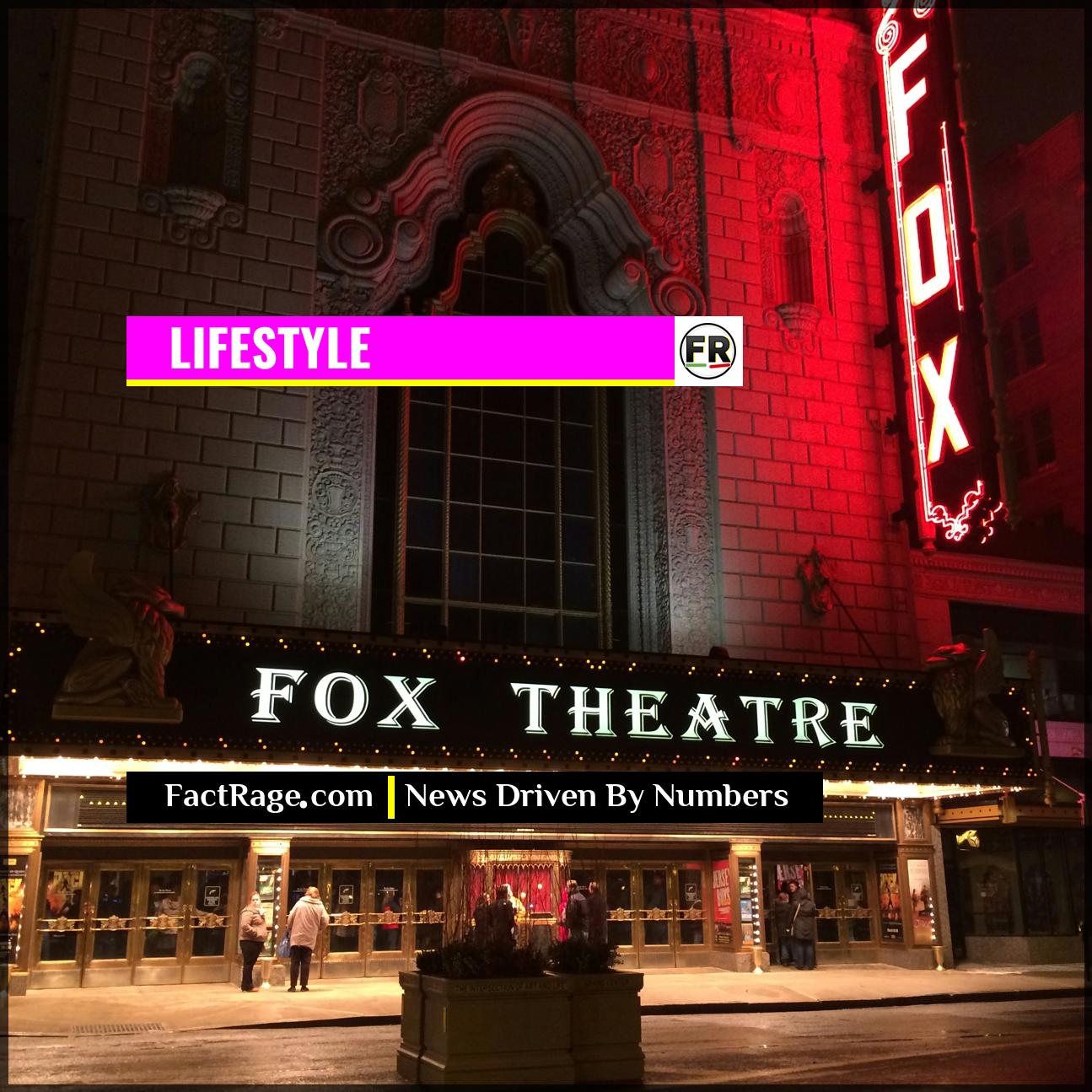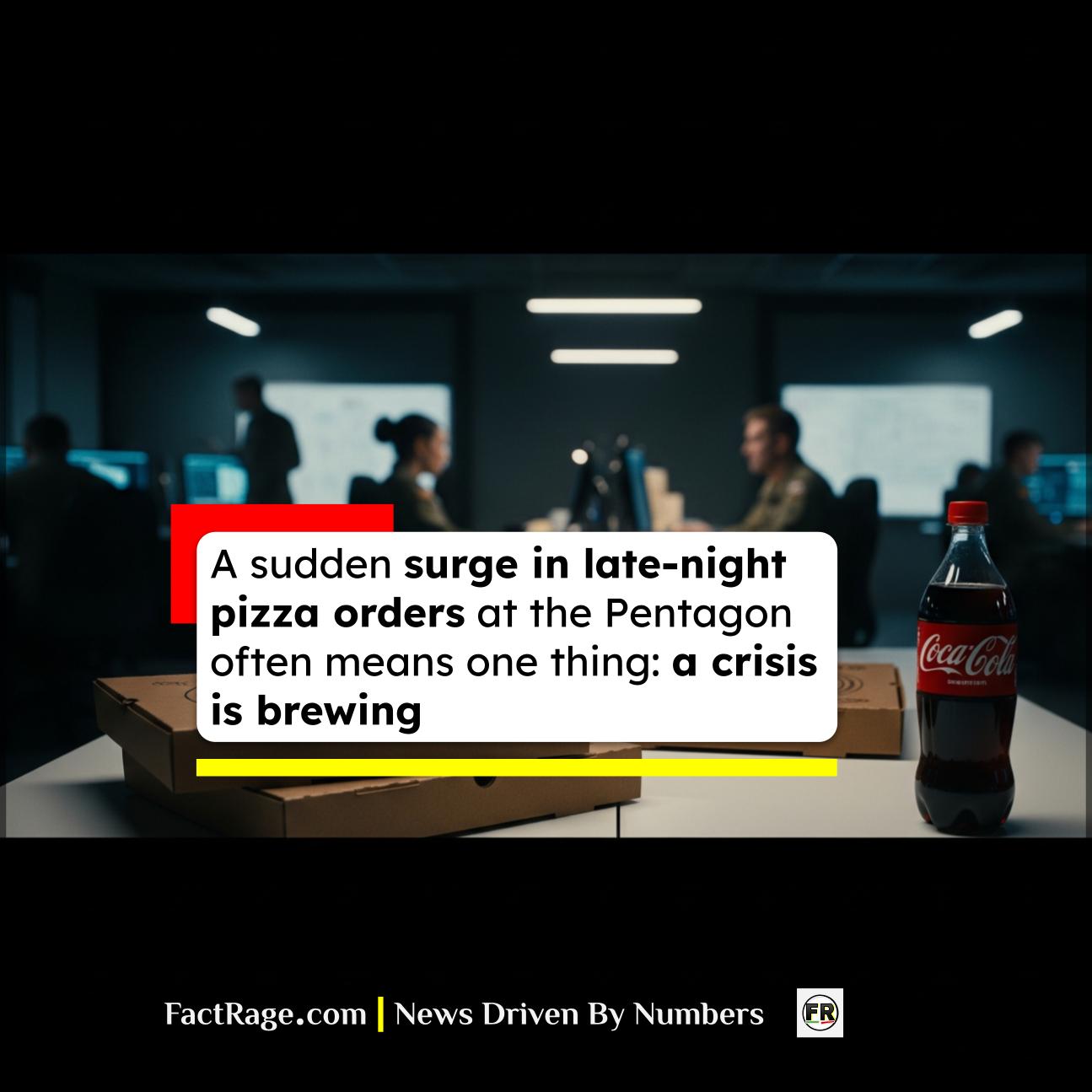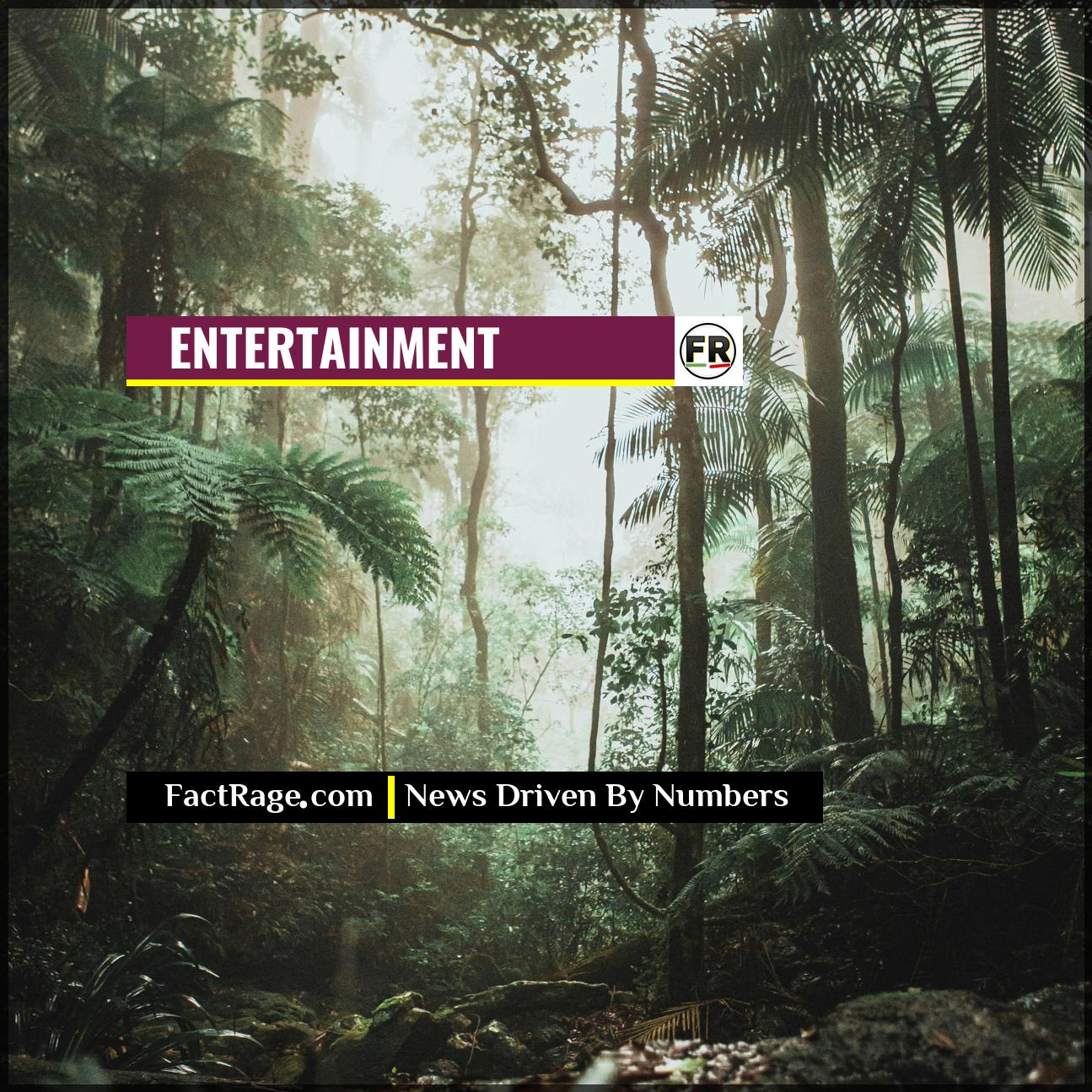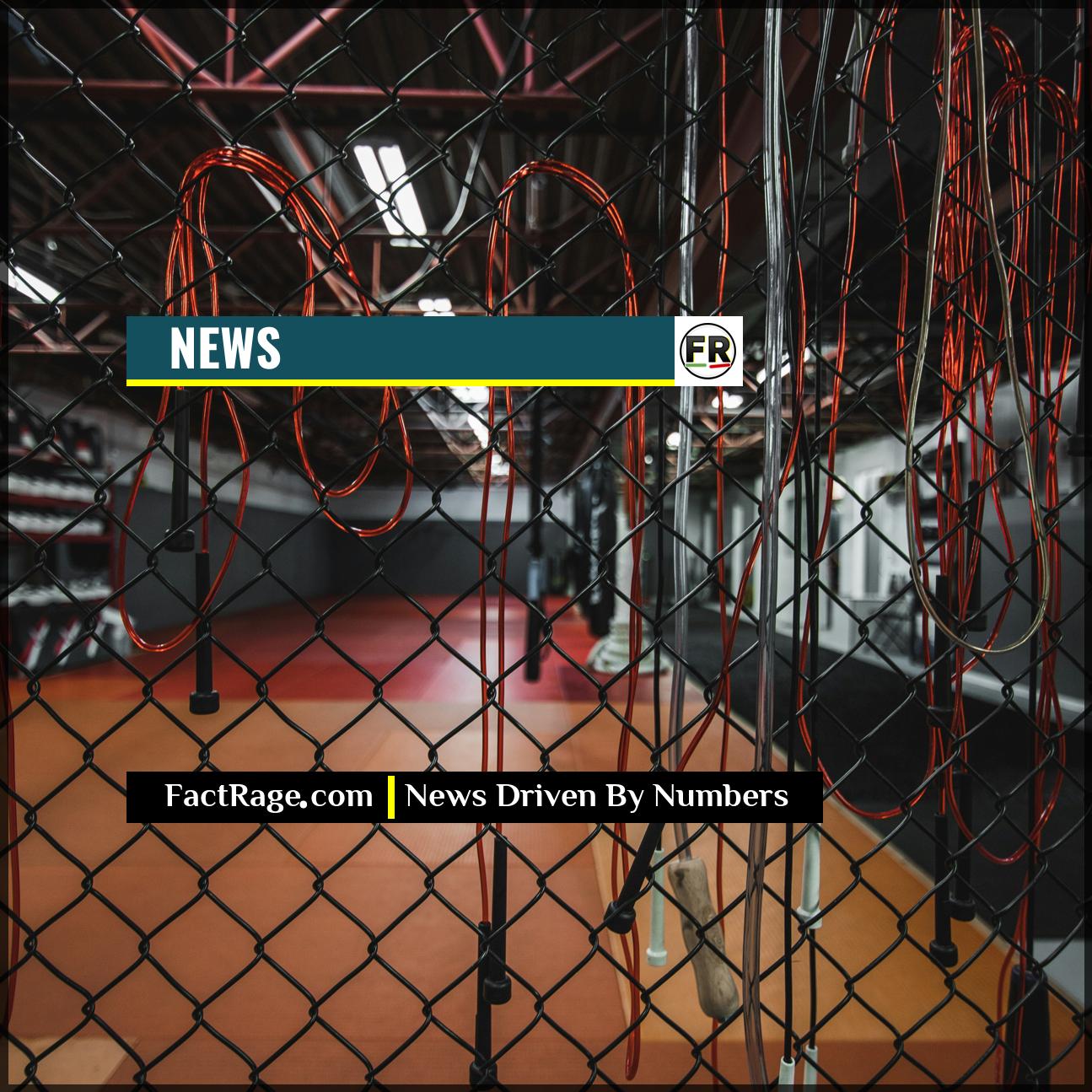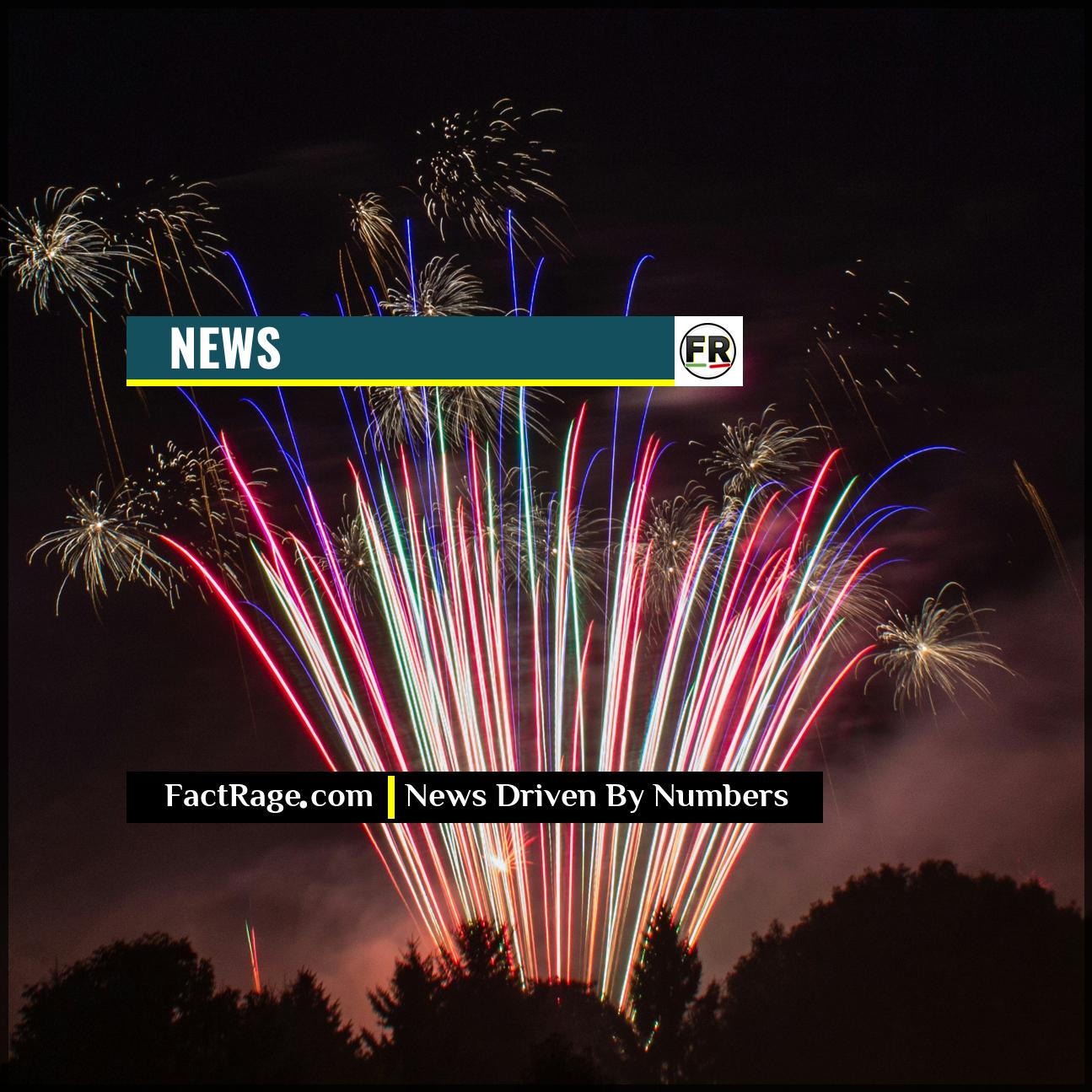FACTRAGE – As grills are fired up and fireworks prepared, another Fourth of July tradition quietly unfolds in living rooms across the country: the holiday movie screening.
- A Diverse Film Slate – Holiday viewing is not limited to one genre, with popular choices ranging from the overt patriotism of “Independence Day” to the summer nostalgia of “The Sandlot” and the seaside tension of “Jaws.”
- The Psychology of Nostalgia – These film choices are often driven by nostalgia and a desire for shared experience, reinforcing a sense of community and collective memory associated with the American summer.
- Reflecting a Complex Identity – The variety of films watched on the holiday reflects different facets of the American experience, encompassing themes of heroism, coming-of-age, community, and even shared anxieties.
This annual cinematic ritual goes far beyond simple entertainment. The movies we collectively choose to watch create an unofficial national playlist, one that reveals a great deal about our shared values, memories, and complex vision of American identity.
Why We Cheer for an Alien Invasion on Independence Day
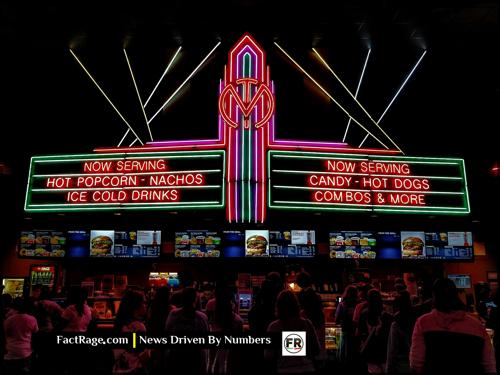
Perhaps the most on-the-nose selection for the holiday is the 1996 blockbuster Independence Day. Produced by the former 20th Century Fox, now a subsidiary of The Walt Disney Company, the film’s appeal is straightforward. It is a spectacle of American bravado, technological might, and unwavering resolve in the face of annihilation.
The story’s climax, deliberately set over the July 4th holiday, culminates in a U.S.-led global coalition fighting back against alien invaders. The film’s themes are potent: unity in the face of a common enemy, the power of a rousing presidential speech, and the simple, triumphant idea of humanity—led by American heroes—saving the world. Watching it on this specific day is less a movie choice and more a participation in a cultural moment, a cinematic echo of the holiday’s patriotic spirit. What does it say about our desire for unity that the catalyst is an external, existential threat?
How a Shark and a Sandlot Became Holiday Staples
The Fourth of July movie marathon isn’t limited to patriotic action. Two other films, from very different genres, have become unlikely but beloved holiday staples: Jaws (1975) and The Sandlot (1993). Their connection to the holiday is less about flags and more about the feeling of an American summer.
Jaws, from Universal Pictures, a division of Comcast, is set in the fictional New England resort town of Amity Island during its bustling Fourth of July weekend. The film taps directly into the quintessential summer experience of beach towns and tourist seasons, but frames it with a primal anxiety. The conflict between public safety and economic interest, as the mayor keeps the beaches open despite the danger, is a tension that resonates. For many, Jaws is synonymous with the start of summer, making it a perfect, if tense, backdrop for the holiday.
On the other end of the spectrum is The Sandlot. It evokes a powerful, sun-drenched nostalgia for childhood, baseball, and unstructured summer days. The film’s most iconic scene is set against a Fourth of July night game, with the kids playing under the glow of a town fireworks display. It captures an idealized vision of American youth and community, one rooted in friendship and simple pleasures. Its appeal lies in its ability to transport viewers back to a perceived simpler time, a feeling many seek during holidays built on tradition.
What Our National “Playlist” Reveals About Us
Taken together, these films—and others like them—form a fascinating cultural tapestry. The choice is rarely about just finding something to watch; it’s about invoking a specific feeling. Whether it’s the fist-pumping patriotism of Independence Day, the nostalgic comfort of The Sandlot, or the communal anxiety of Jaws, each film speaks to a different part of the collective American psyche.
This cinematic tradition shows that our celebration of national identity is not a monolith. It’s a complex blend of overt pride, wistful nostalgia for an idealized past, and even an acknowledgment of the anxieties that come with the summer season. Our holiday movie playlist is a reflection of who we are, or perhaps, who we remember and aspire to be.

